German Butterbrot
I’ve mentioned before that here at the Tribunal, we are not fully on-board with the concept of the open-faced sandwich–a sandwich is supposed to be a food of convenience, a neat edible carrying case used to convey various foodstuffs to one’s mouth. Open-faced sandwiches are all too often a bread sponge sitting under a pile of meat and gravy, requiring all manner of tableware to navigate successfully.
German Butterbrot may be an exception to that rule. Similar to a minimalist version of Danish Smørrebrød, Butterbrot is a single slice of buttered bread, usually with a single topping. Some German-speaking areas, such as Austria, forego even the topping. A short piano piece often attributed to Austrian composer Wolfgang Amadeus Mozart as a child (though sometimes also attributed to his father), is called Das Butterbrot in German, though often rendered in French as La Tartine de Beurre (or as Bread & Butter in English). In the video below, you’ll see that the right hand uses a glissando technique to suggest the swiping of butter onto bread.
Though the Wikipedia page makes distinctions between Butterbrot and sandwiches, it also concedes that folding one in half handily converts it into a working sandwich. While I agree that sandwichness is contingent on form, not filling, and that Butterbrot doesn’t necessarily fit any current definition I have in mind for Sandwiches, the fact remains that it’s a bread-based convenience food that can be easily and neatly eaten one-handed. Not to mention that it’s on the List, so it gets covered here.
Butterbrot
I picked up three different breads to try–an excellent beer bread that I bought at Pastoral that I’m fairly certain is supplied by La Fournette; a pumpernickel baked at a small German bakery called Fleckenstein’s, and a German style Farmers rye bread from another Chicago-area bakery called Kovala. That last seemed like the best bet, but I’m a sucker for pumpernickel and that beer bread just looked amazing and I couldn’t pass it up.
The crust is thick, the crumb is dense but with a nice hole structure, chewy and delicious.
I started out by simply spreading butter on all three. Americans may think of bread and butter as a meal of austerity, but given the mushy boring quality of our standard grocery store bread that’s not surprising. With some nice butter, and more interesting bread, bread and butter is a delicious combination.
Pumpernickel, or “devil’s fart” bread hahaha, is very dark rye bread, a little sweet and pungent, though this version is less dense and textured than German versions, more calibrated toward American tastes. The rye bread is denser, chewier, unseeded so there’s no caraway flavor, great for toasting or sandwiches or whatever.
The beer bread is crusty, dense, chewy, and delicious. It’s my favorite of the three breads. The Farmer’s rye is probably the most authentic bread for butterbrot, but I can think of good uses for all of them.
Marmaledenbrot
We started at breakfast, when Germans are more likely to use jam on their Butterbrot than at other times. I used the beer bread along with four different types of jam that I picked up for this purpose.
The cherry jam had the least amount of actual fruit pieces of any of the four, but a surprising amount of real cherry flavor. This was Mindy’s favorite of the three.
The blackcurrant preserves are pleasantly tart, and mildly bitter, similar to a cranberry but whereas the cranberry’s sour flavor is pristinely clean, the blackcurrant comes with a pungency that makes it more interesting.
This was a sweet orange marmalade with a terrific orange aroma and a touch of bitterness & chewiness from the presence of zest. I’m crazy for oranges, so I like the flavor very well, and I’m left wondering why I don’t eat orange marmalade more often. Probably the main reason is just habit, not to mention that I like eating actual oranges far more.
The Butterbrot with fig preserves was my favorite of the four sweet versions we tried. I’d never had fig preserves before, so it got points for novelty, but also the seeds provide a nice little texture, while much more brittle and easily crunched and thus less likely to get stuck in your teeth all day than, say, raspberry seeds.
For lunch, we ate a variety of Butterbrots, with cheeses, meats, fish, and eggs, and though not everybody tried every kind, there was a consensus that this was a pretty great way to snack away an afternoon, especially if you have enough people that you can try many different toppings, as we did.
Käsebrot
This Mycella cheese is creamy rather than crumbly, like most Danish blues–saltier than others I’ve had, but mild, sweet, but with a bit of the characteristic “bite” of a blue-veined cheese. It was assertive on the bread and remained on the palate for a while afterward but doesn’t quite pack that “holy crap I just stuck my tongue on a battery” wallop that you get from a Stilton or a Roquefort.
The Challerhocker, on the other hand, was much subtler than a blue, but not boring, nutty and sweet, yet with a welcome saltiness that I don’t always get from Swiss cheeses. Between this and the Alpkäse Kohlschlag I tried while researching the Barros Jarpa, I’m realizing that there’s a whole world of Alpine cheeses to be explored. You could probably build a whole website around just that.
This isn’t that site, though. As much as I love cheese, I’m mostly interested in it as a sandwich topping. Though I’m more of a fan of grilled cheese sandwiches than cold ones, cheese, butter, and bread is a great combination, even when the bread isn’t toasted and the cheese isn’t melted.
Wurstbrot
We tried a variety of meats as well, mostly types of sausage, which is more common in German Butterbrot presentations that I’ve seen than actual cuts of meat. We also tried Krakus ham, but since Polish ham is a chopped and formed product, it’s not out of place in this company. I had all the cold cuts sliced very thin, so we could use as little as we needed or we could stack them if we wanted more meat. Generally, 2 slices seemed about right.
Liverwurst doesn’t always slice well, though you can spread it as thick or thin as you want. I’ve always found it to be a little blander than Braunschweiger but this one was quite good, though a bit oxidized and not terribly photogenic.
Krakus ham is a favorite around here, and has featured in multiple posts on the Tribunal previously. I’ve bought it in prepackaged form before, where the slices are thicker, but counterintuitively, these thinner slices seem to present the meat’s texture and flavor better than the thicker ones do. I liked this best on the pumpernickel bread, though all these photos will present the meats on the German rye.
Hard salami is another staple in my house. I’d been hoping to find a German or Hungarian salami to buy but I cannot be disappointed here. Hard salami is raw fatty pork that is ground, spiced, cured, fermented, dried, and smoked. That’s a lot of flavor to pack into such a thin slice of meat. The best salamis have a complexity of flavor that can be jaw-dropping–some Russian salami that I picked up at the now-defunct Three Sisters Delicatessen on Devon in Chicago ranks among the best things I’ve ever eaten–but even a standard deli hard salami is delicious. It’s at home in a Dagwood, an Italian sub, or just about any sandwich, including a simple one of rustic rye bread and butter.
This Daisy brand Garlic beerwurst made by Crawford Sausage Company in Chicago may be modeled after a product from their native Czechoslovakia, but you’ll find similar meats made in neighboring Poland. It’s also not too different from German Leberkäse, or even a coarse bologna, though more rustic and strongly flavored, especially this garlic version. This was one of my favorites and I kept snacking on the meat itself when I knew I should be using it for sandwiches.
Fischbrot
These sardines came packed in mustard sauce, and were pretty much unrecognizable as fish upon being removed from the tin. After the photo, I went ahead and mashed them with a fork to spread them over the surface of the bread, but to be honest I wasn’t much of a fan of this topping. I did not finish it.
I’d read about this combination while researching Butterbrot and wanted to try it, despite the multiple toppings. This would, strictly speaking, make it a belegtes Brot, or “topped bread,” rather than a Butterbrot, but I tend to think of boundaries as being a bit more fungible than the typical German does, probably. For slicing, I wanted these yolks cooked through but still soft, and I nailed it. The intense saltiness of the anchovies was more than enough seasoning for the boiled eggs, and this ended up being one of my favorites of the day.
The word “caviar” to me is shorthand for a kind of extravagance practiced by the rich, though this red caviar was not terribly dear. I’ve had similar types of roe before as toppings on Chinese buffet sushi, so you know it can’t be that pricey. It’s salty and fishy, and there’s something nice about the way all the tiny little eggs pop as you bite into them. It’s not my favorite, but it made a nice topping here, and looked great.
Sandwiches as Art
The elegance of these minimalist sandwiches, and the attractiveness of such a simple presentation–especially the delightful bright colors of the various jams and preserves–got me thinking about sandwich aesthetics, a subject I don’t normally spend much time on. And trust me, I don’t have much to say on the topic, as I’m not any kind of visual artist, I don’t have much of a sense of aesthetics, and when it comes to food, I’m less about the display and more about the delicious. But I was thinking about color, and contrast, and especially about a way to work the pumpernickel I’d bought into this post.
First I gave the liverwurst another chance. By concentrating on its interior, I was able to avoid the gray, oxidized exterior and get a nice combination of the dark brown of the bread and the bits of white-yellow butter peeking out from under the pinkish paste of the sausage. Ridges created by knifestrokes made for some nice texture, and shadows from the sun coming in the window. Still, it takes a lot to make liverwurst look attractive. This wasn’t bad, but I had a better idea.
This was what I was looking for. A nice thick schmear of butter contrasts sharply with the dark bread underneath, and the brilliant orange of the caviar, brighter even than the jams, glistens in its little discrete globular shapes. If a sandwich can be art, I think this gets pretty close. And would it really be any tastier or prettier with another slice of bread on top?
Yes, But Is It a Sandwich?
Am I a convert? No. I prefer my bread toasted, my butter melting and soaking in. I’d rather have a top slice of bread that’s been liberally slathered with mustard, maybe a scattering of pickles. There are a lot of things I’d rather do. But will I revisit these in the future? Sure. I love German rye bread, and it’s chewy enough that using a single slice instead of two makes sense. A selection of these would make a quick, cheap tray to set out for a party, and they fed my family quite satisfactorily as well.
Are they sandwiches though? The current Wikipedia entry on sandwiches is fairly inclusive, summing them up as “food item[s] consisting of one or more types of food placed on or between slices of bread, or more generally any dish wherein two or more pieces of bread serve as a container or wrapper for some other food.” The current Merriam Webster entry goes even more explicit (see section 1b):
Using dictionary definitions is lazy writing, I know. What does the Tribunal think? What do I think?
Like I said, it fits the portability and convenience requirements of sandwichness. No fork required here, unlike many open-face sandwiches. And in fact, it’s easier to eat one-handed than many sandwiches I’ve covered that are less controversial. I’m going to go ahead and call this one a sandwich. Feel free to yell at me about that in the comments.

I like sandwiches.
I like a lot of other things too but sandwiches are pretty great


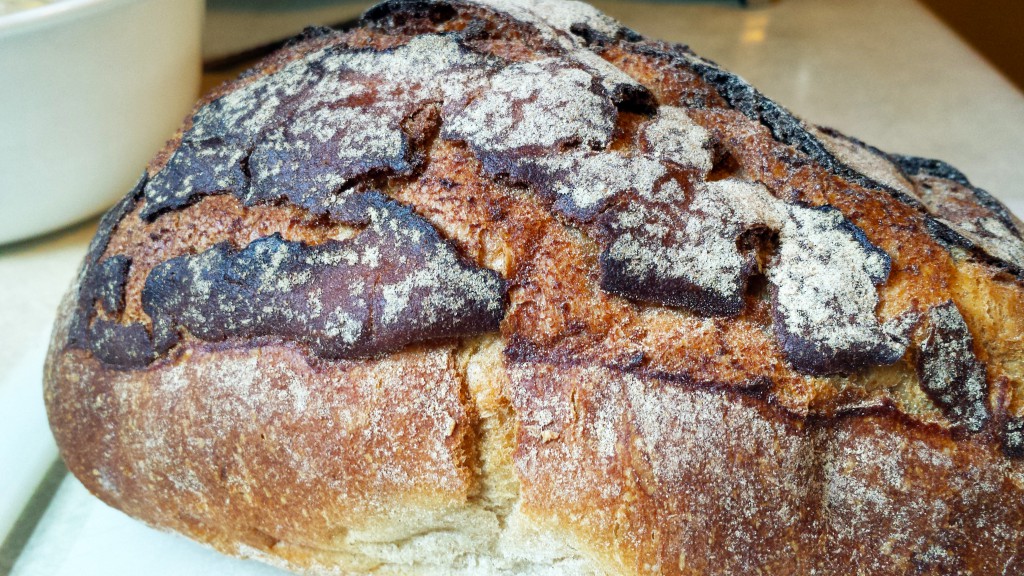
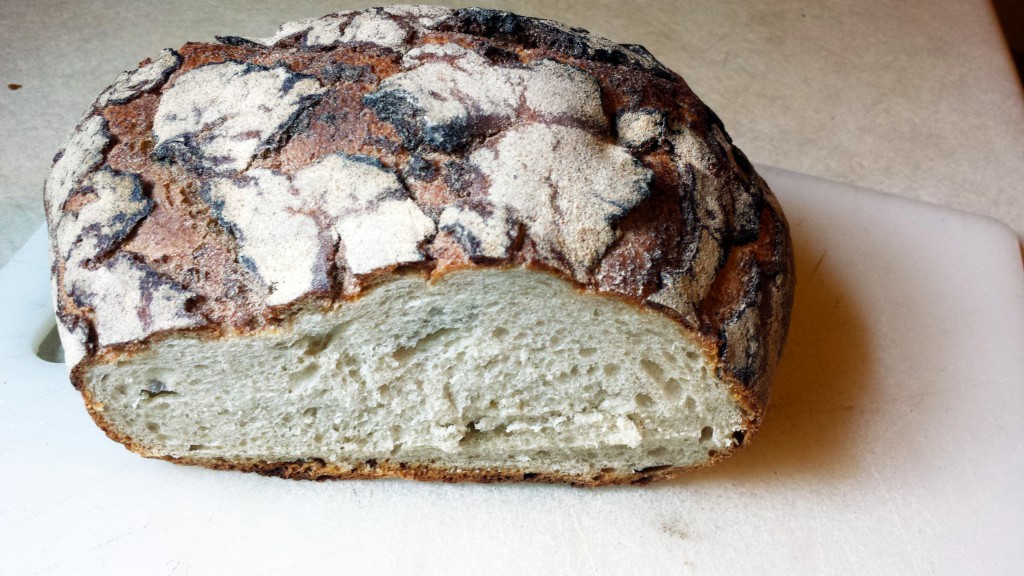
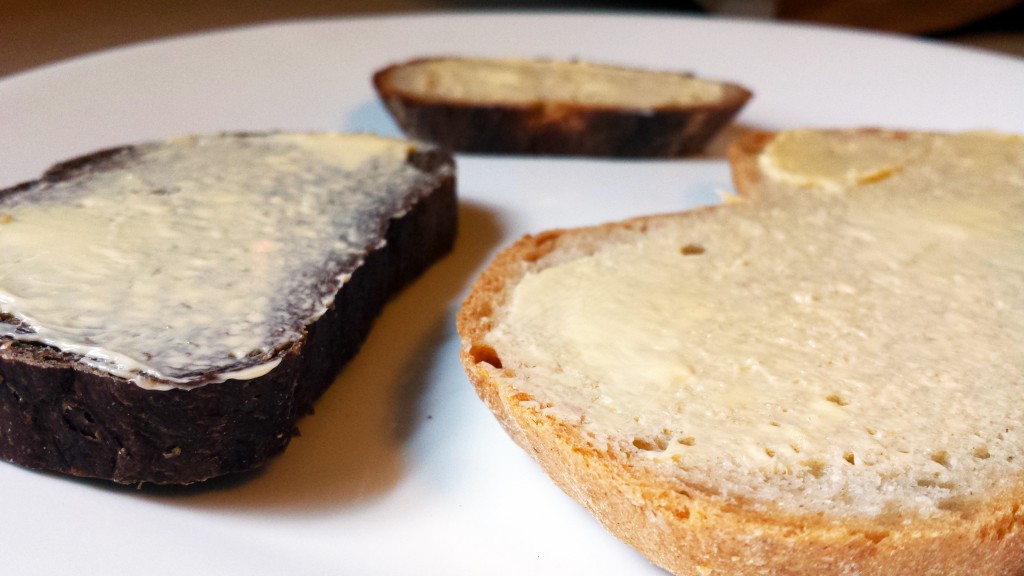
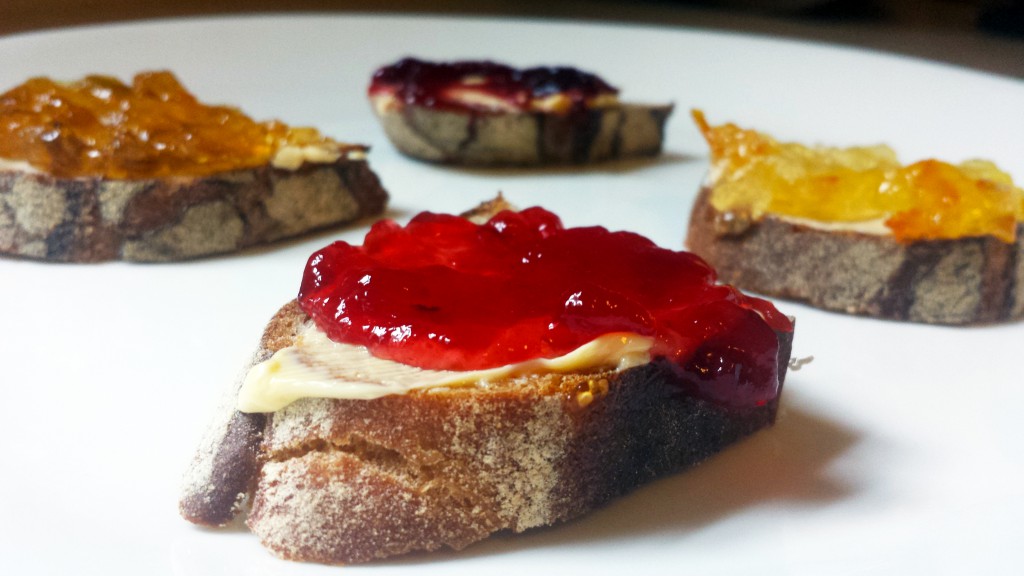
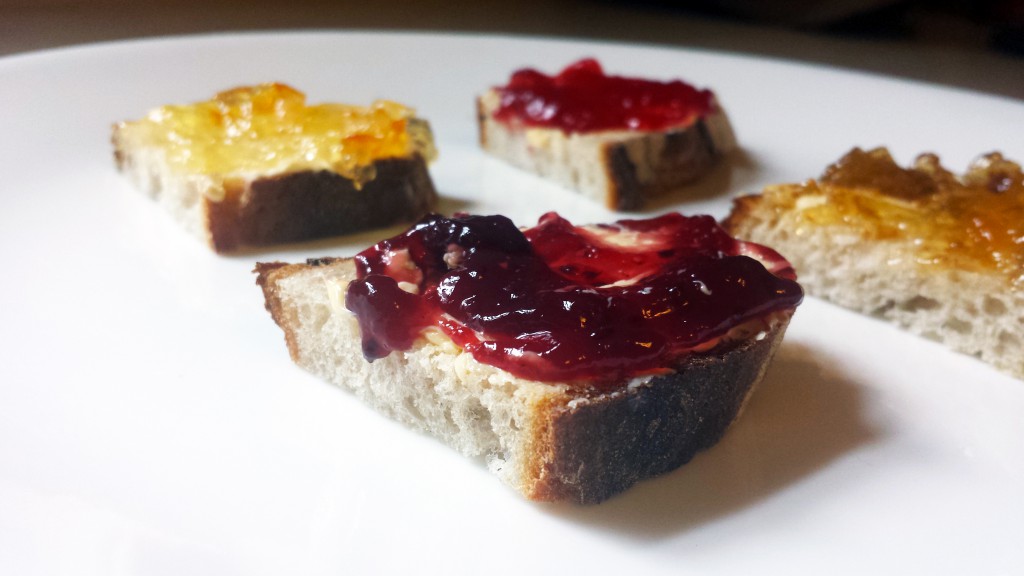
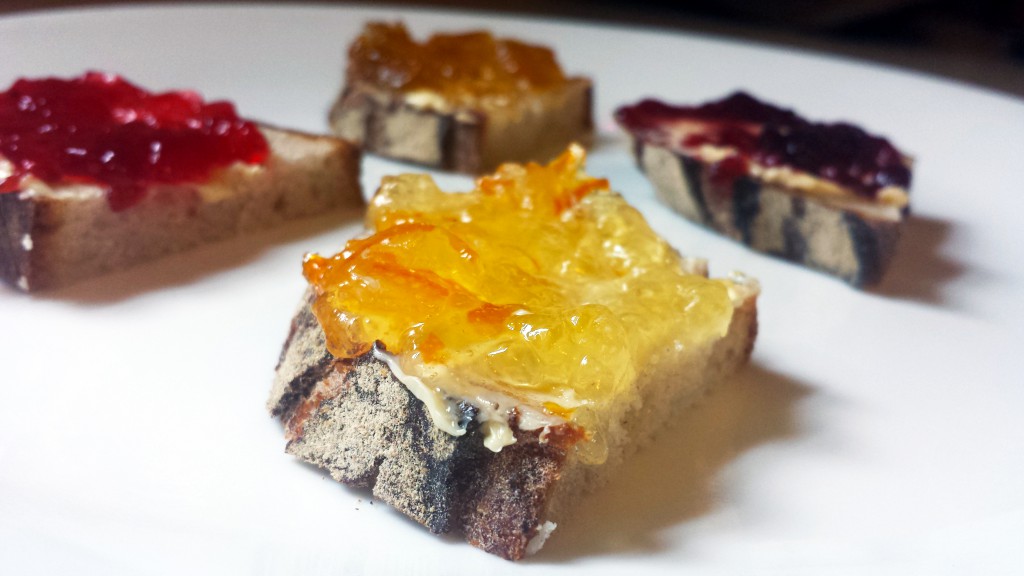
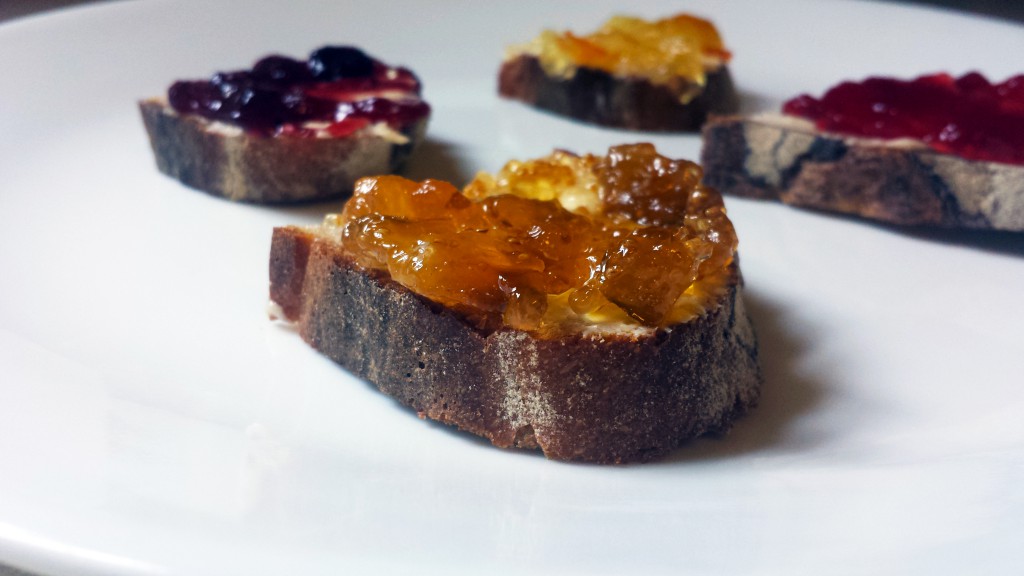
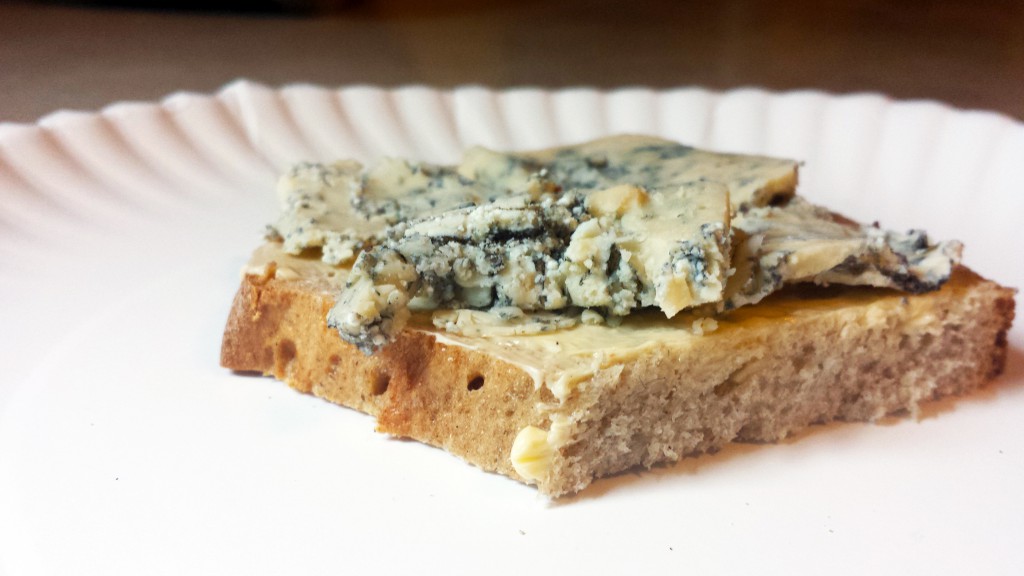
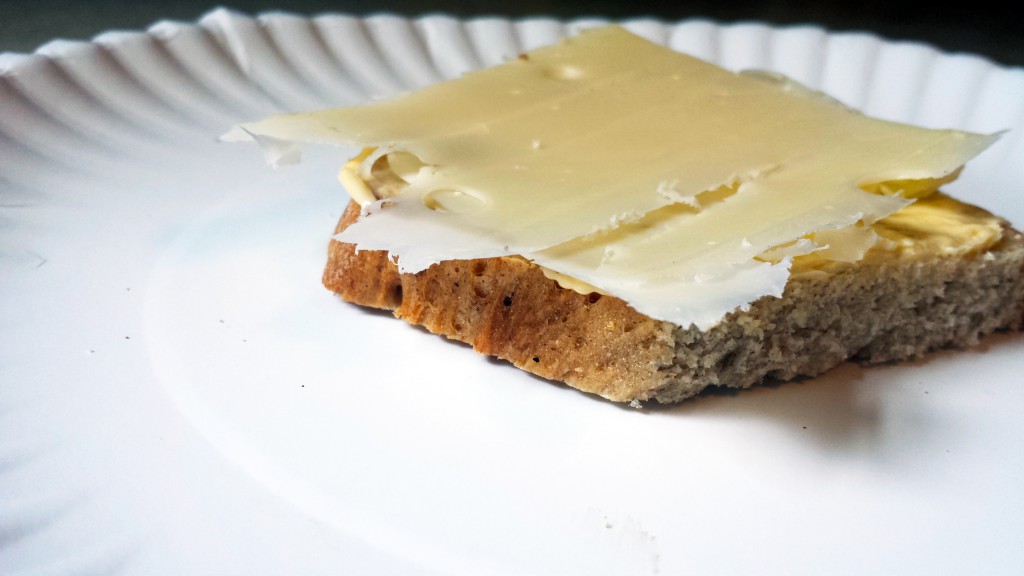
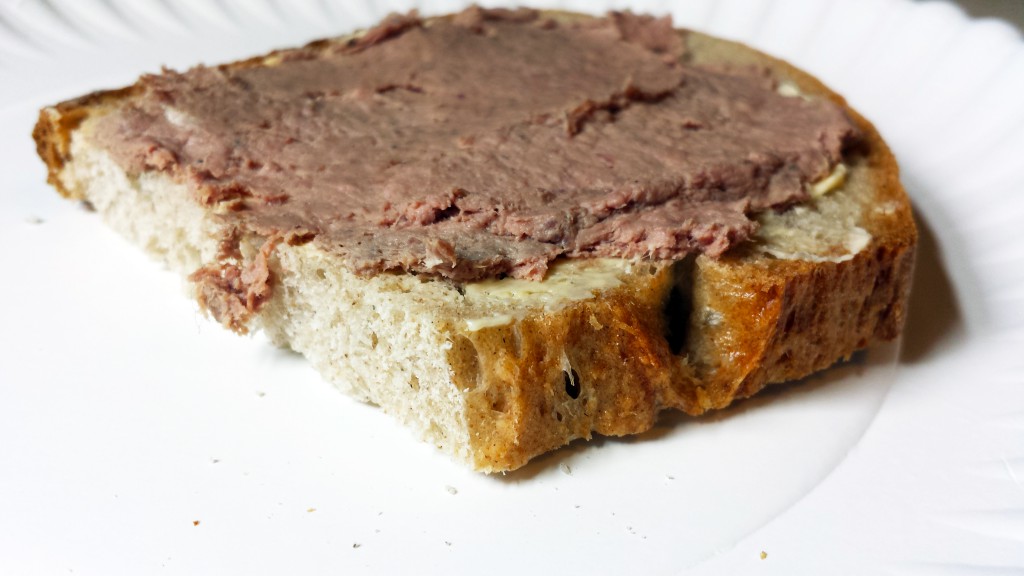
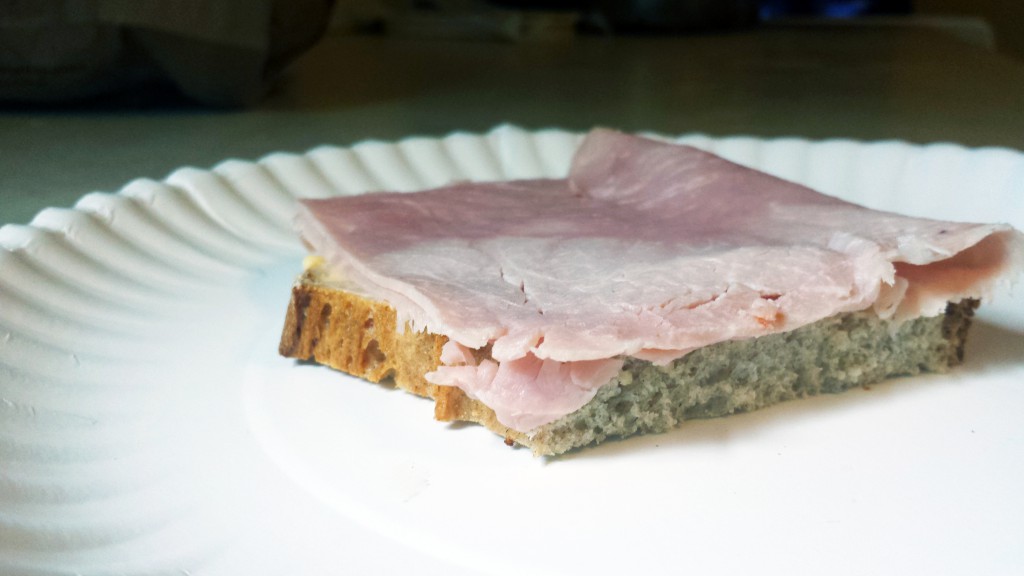
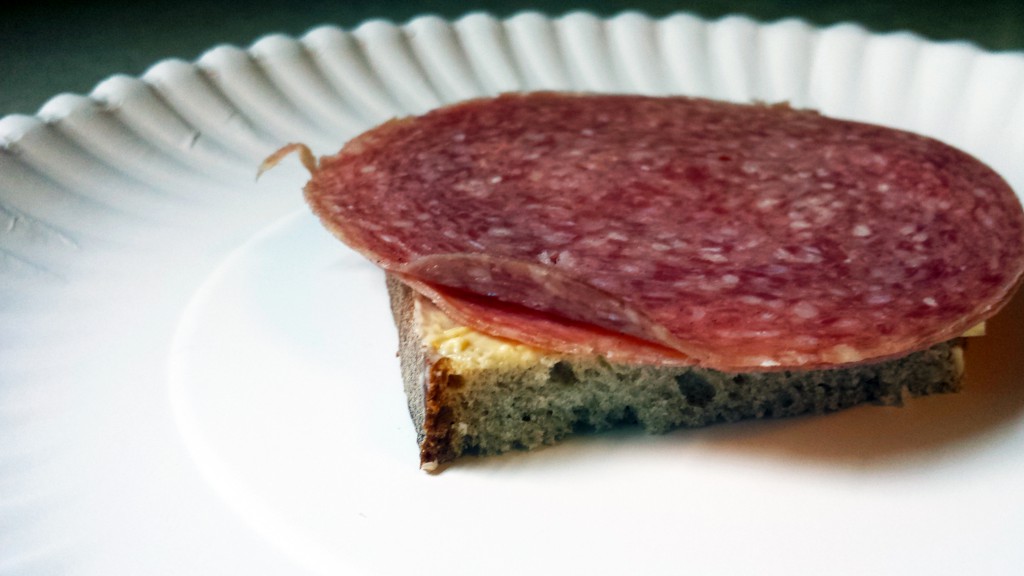
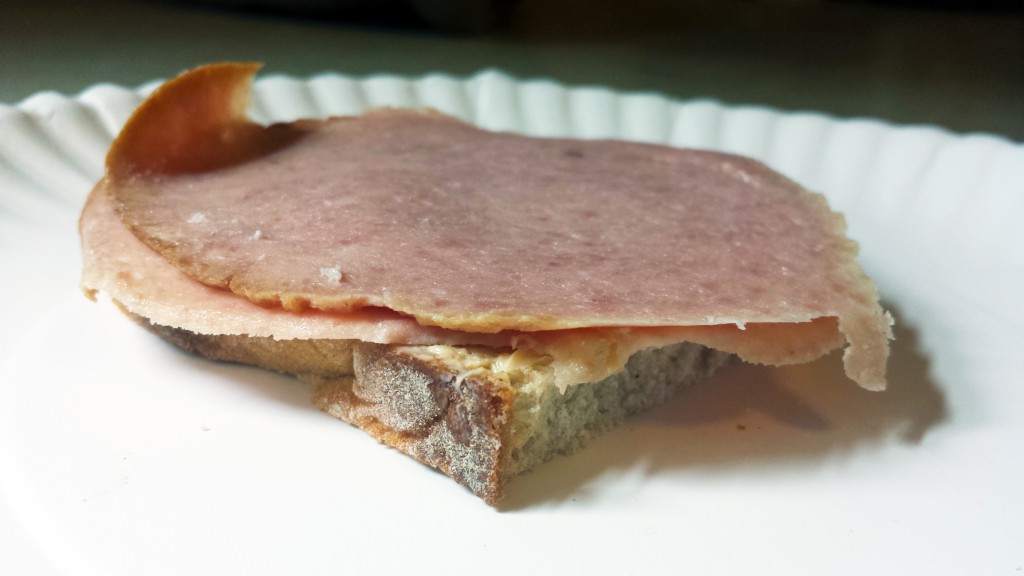
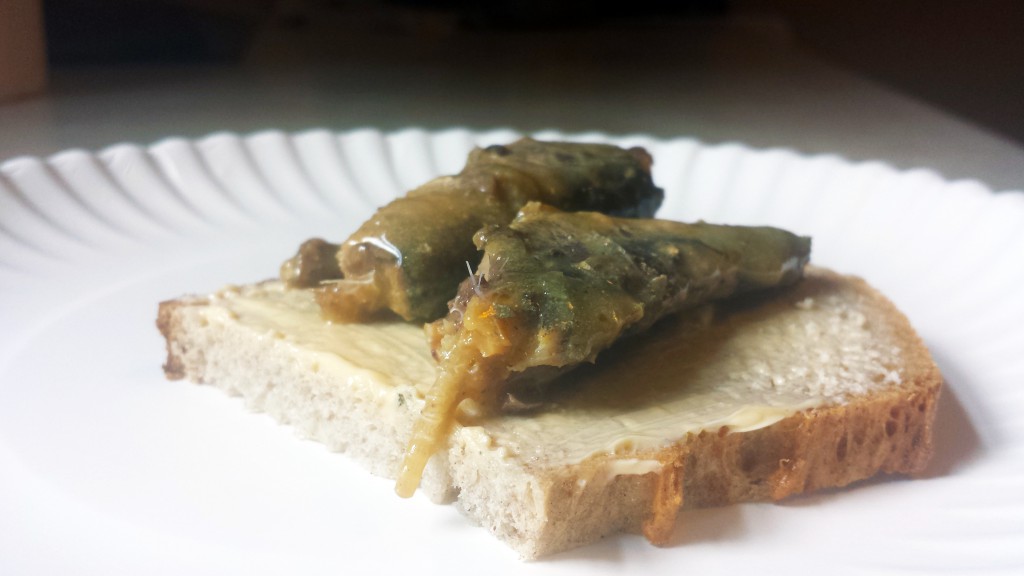
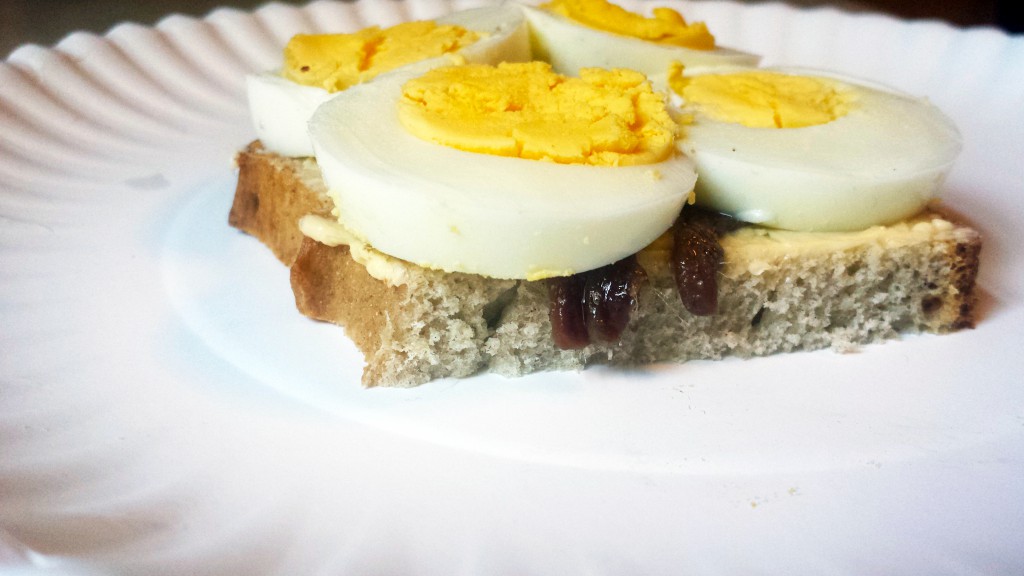
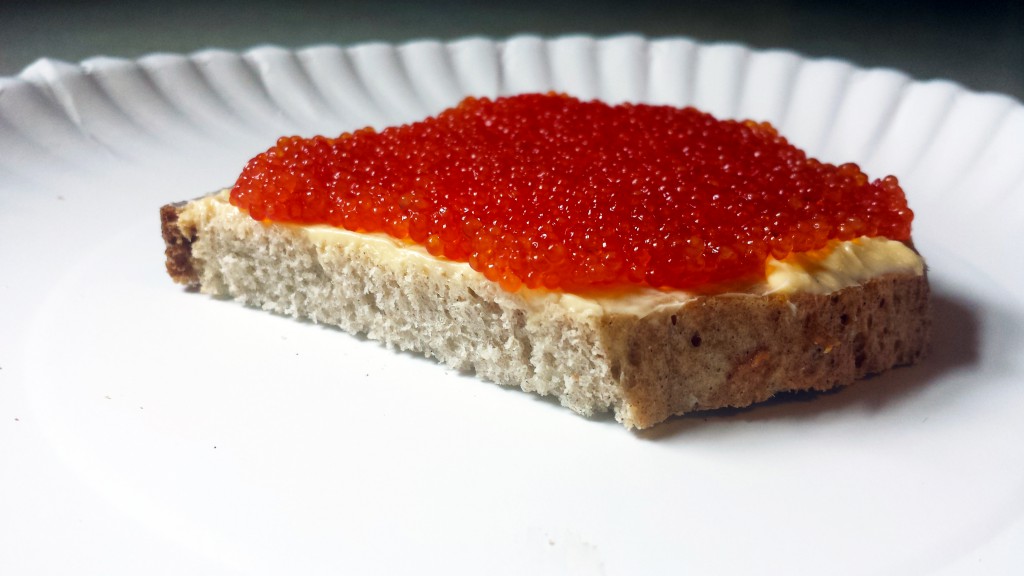
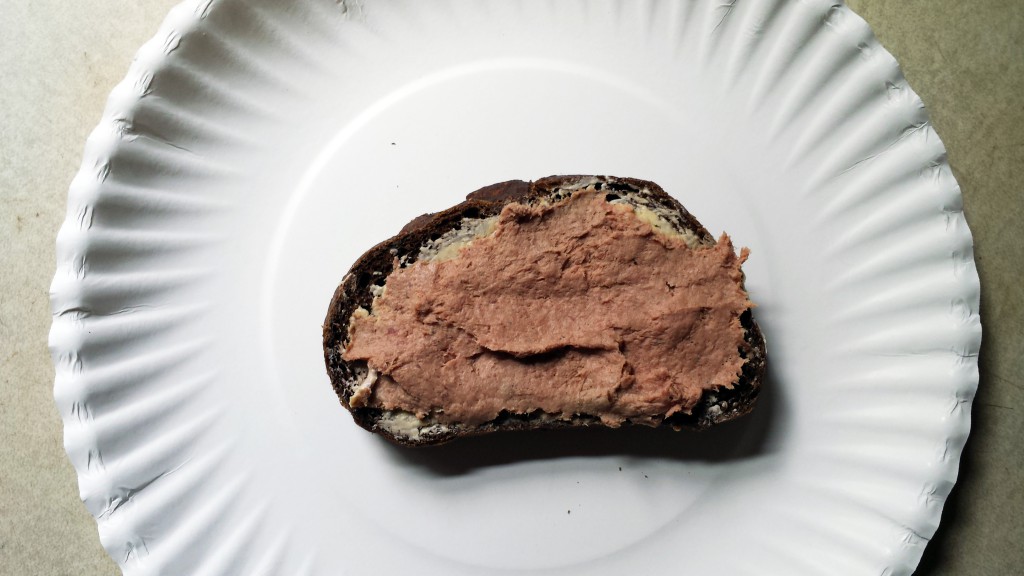
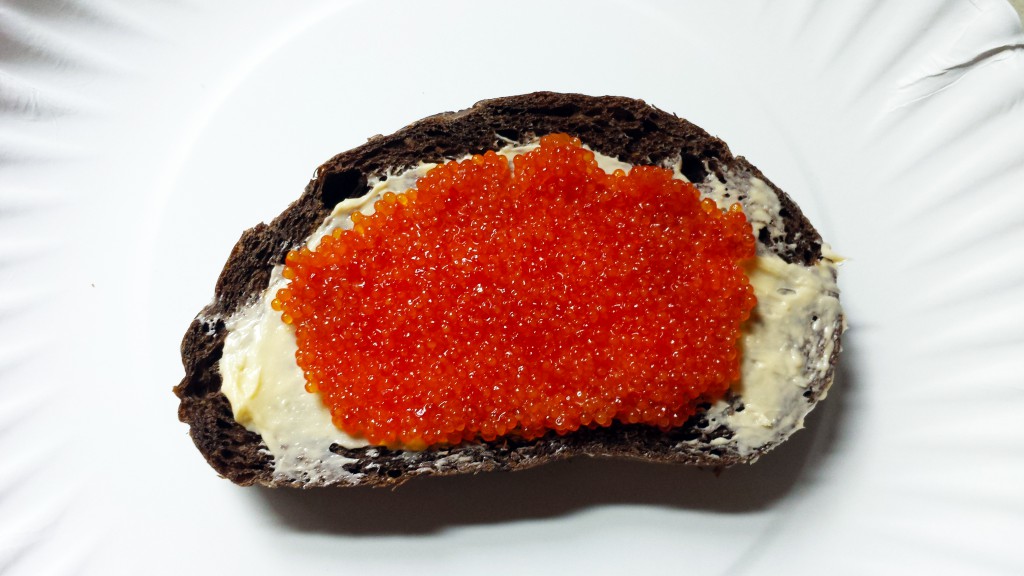
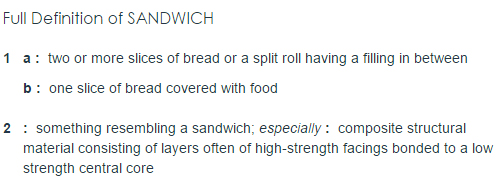
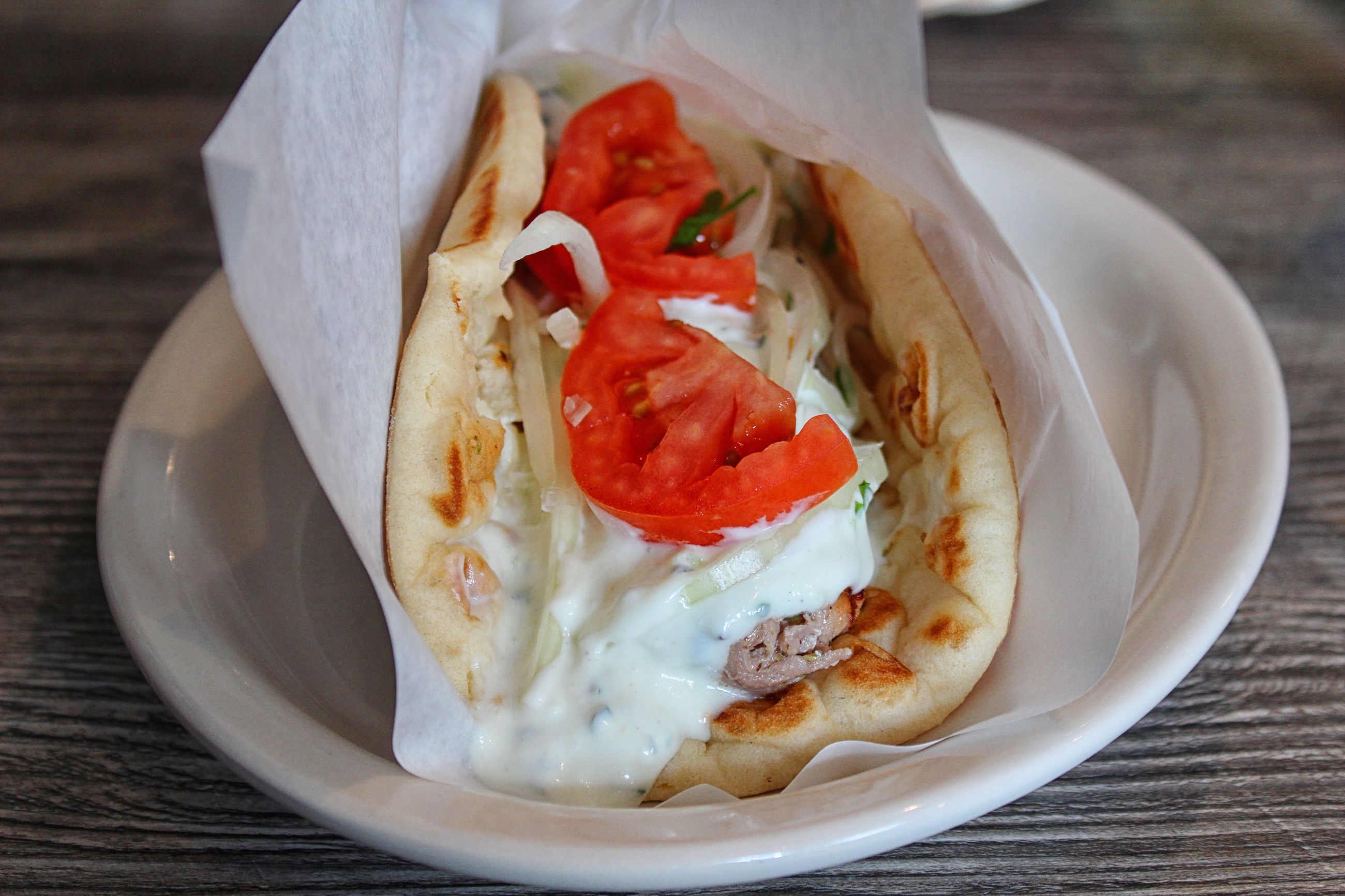
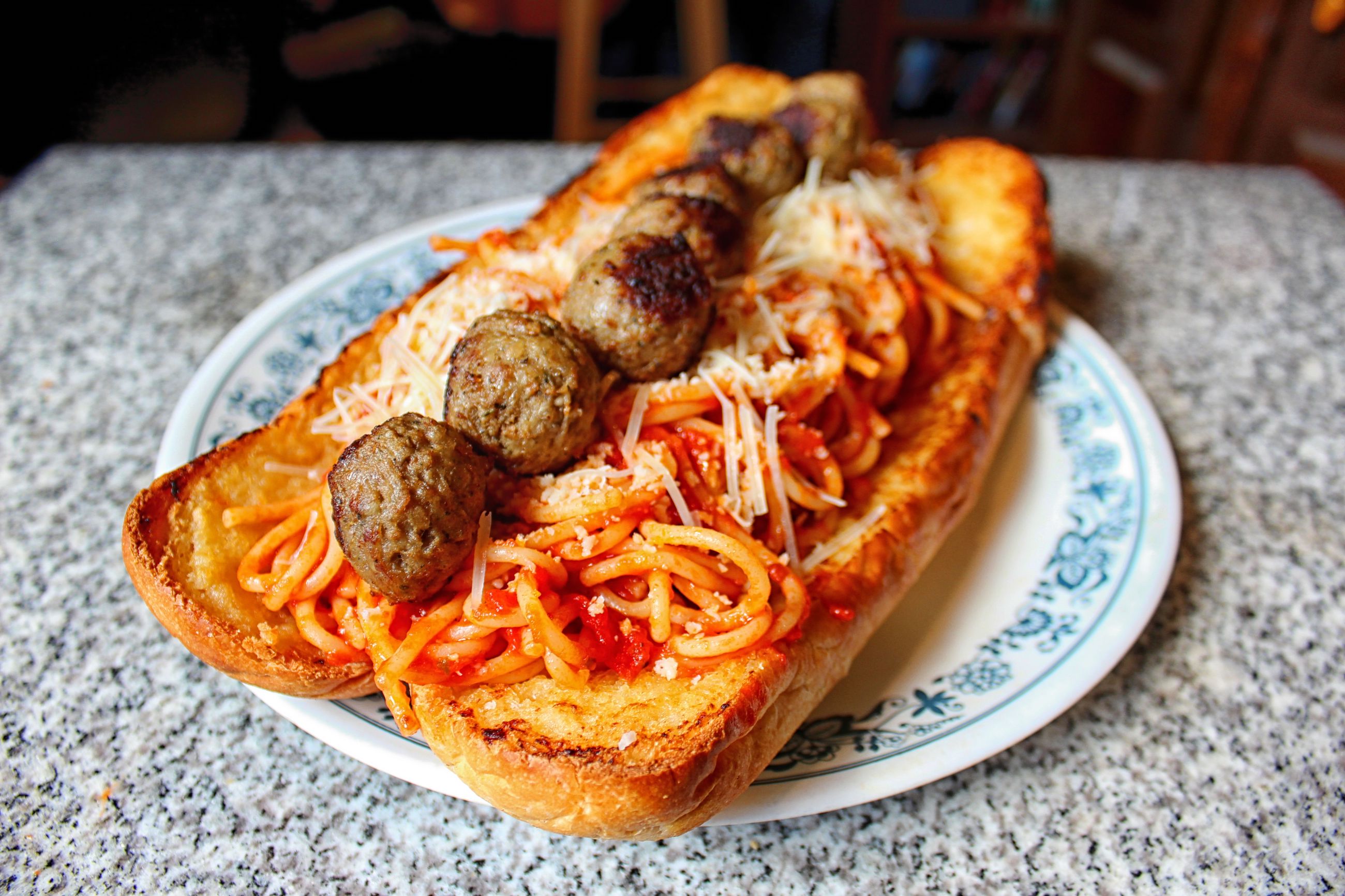

But what kind of butter did you use?
I FEEL LIKE YOU ARE PROBABLY MAKING FUN OF ME
but just in case
Why Polish butter? I was at Eurofresh. All the butter was Polish.
No! I am not making fun of you at all! I figured with butter being so central, that you weren’t using Land O Lakes, and I’m always looking for new and delicious butter to try.
This is actually my first encounter with your blog. My husband sent me a link to this post with the note, “This looks like stuff you would like,” meaning, I assume, delicious bread topped with delicious butter and an assortment of other interesting things and he was right! And honestly I’ve been thinking about beer bread topped with butter and liverwurst (or the egg and sardine combo!!) ever since.
Anyway, I love sandwiches. Your blog is great. I’m going to go get some good bread and Polish butter and liverwurst.
Awesome, thanks! I hope you find many delicious things here, we are on a 5 year mission to eat ALL THE SANDWICHES
P.S. Let me know how your Butterbrot comes out!
KInd of surprised that no shops in Chicago have Semmel/Brotchen, which are German style breakfast rolls. I prefer the one with toasted sunflower seeds. Add butter or quark (curdy creamy soft cheese) and a good salami open face and that’s pretty much standard south-German breakfast.
Mindy spent some time in Germany as a little girl when her father was stationed there, and she has very fond memories of brotchen. I originally went to the German bakery where I got the pumpernickel looking for brotchen for her. I picked up some hard rolls and kaiser rolls but she says they’re not the same. Sad to hear you’ve had little luck finding them too. Have you tried Dinkel’s?
Love your site! Help! My sister and I are going crazy trying to find the name of the open-faced sandwich our German Jewish grandfather used to eat with a knife and fork (the tines facing down) every day for lunch when he wasn’t eating a knockwurst. Obviously must be in the butterbrot family (a slice of thin, dark pumpernickle, shmear of butter, slice of cheese or liverwurst or dry A&P salami), but I never heard that word. He called it something that sounded like “shave-shin.” Help!
Boy that is a really good question. And I only know a little bit of German. But I wonder if he might have been saying “eine Scheibe schön” or “a nice slice.” I am quite possibly way off base here though.
Wow. I think you nailed it. Any other German speakers out there who can weigh in? Neither google nor our 93-year-old Berlin-born mom with dementia came close. Grandpa cutting his “shave-shin,” fork tine-side down, into little squares for lunch with his weekly chess partner Hy (who always surrendeed his king with a handshake, finally liberating my sister and I from the tiny apartment’s chess-filled tension), awful hush), then taking a nap with Mutti before afternoon Sanka and Sara Lee pound cake (pronounced “Zara Lee”) or a square of Gma’s (Mutti) dry flat-sheet prune cake with the buttery and sugary lattice topping, us “kinder” getting a spoonful of Sanka in our glasses of milk to wash down the spongy “Zara Lee” or crumbling prune cake, then all settling in to watch Walter Cronkite tell us the news on a boxy B&W TV, is as close to a childhood Nirvana as I knew. Thank you, Jim, for helping me reclaim it.
Jim, speaking of that dry German prune cake,forgive me if this is out of line, as it moves beyond sandwich to dessert, but do you, Mindy or a reader know of it? Our mom, alas, didn’t make it. A simple square of coffee-cake-like dough, topped with storebought prune filling, criss-crossed by a lattice of dough sprinkled with cane sugar. Highly recommended, with that glass of Sanka-tinged milk.
Hi Chaya,
yes, this is over a year late but I hope you’ll be notified anyway. 🙂
You’d never say “eine Scheibe schön” in German, ever, unless you were trying to say “a slice of nice”, but that would come off as gibberish. If you wanted to say “a nice slice”, it’d be “eine schöne Scheibe”. What you heard sounds simply like “Scheibchen”, possibly tinged with East German (I’m leaning towards Saxon?) dialect. -chen (what you heard as “shin”) is a diminutive. “Scheib-” is the root of “Scheibe”, slice. So all he was saying was “little slice” or, if you want to recreate how the language works, “Slicelet”. The plural is the same as the singular: One Scheibchen, many small Scheibchen. It would be an appropriate word for the bread cut into smaller squares.
As to the plum cake you describe, the variant you describe sounds like “Gedeckter Pflaumenkuchen” (“covered plum cake”), which is usually made with plum jam and fresh plums, and it’s the only variety I can think of that might be done with a lattice. The other (more common) German plum cakes are either a sheet of yeast dough with halved plums and sugar or preserved plums on a cake base topped with Streusel. (Note to Americans: that’s “shtroy-sl”, not “Stroosal”. ;))
It may be late, but I hope it helps you solve that mystery.
Yes, I got it! Thank you. Both the plum cake and “slicelet” sound right. Is that a common sandwich type in Berlin (open-faced pumpernickel with shmear of butter and one layer of salami, eaten with knife and fork)? Or might have been 100 years ago? And yes, they lived in what became East Berlin. But his accent wouldn’t have been Saxon; the family was Jewish, and fled in 1939.
Oof, not sure how to reply to your latest comment, but maybe replying in this thread will help….
Yes, open sandwiches are pretty much the standard in Germany — any bread you like, with butter, topped with whatever takes your fancy. As to pumpernickel, you can buy small thin rounds or squares of it that are made for canapés, essentially little bites that you’d top with butter or sour cream or cream cheese and something fancier, like caviar or smoked ham.
The good old “Butterbrot” is falling out of favour a bit, but it’s still consumed more than any fast food here. Eating it with a knife and fork seems to have been common and some people apparently still do it; personally, I’ve never done it that way. But we do often call dinner “Abendbrot”, literally “evening bread” (the other word would be “Abendessen”, “evening meal”), even if what we have for dinner does not contain bread — so you can assume having bread as a light evening meal was ubiquitous for the longest time. 🙂
Both parts of my family are from Berlin and Saxony, and the soft “sch” that your description to suggests sounded more likely to be Saxon to me, forgive me — but it does fit with a thick Berlin accent as well! The Berlin dialect uses a lot of very soft “sch” sounds where “high German” uses a softer “ch”… and it gets to you REALLY quickly. 🙂 Live in Berlin for a bit and your German will quickly adopt at least some of the sounds; if your granddad grew up there before fleeing the Nazis, the pronunciation probably still stuck with him for life.
I’m glad to hear that there are some positive memories (via food your granddad liked) that stuck with you, I have to say. The persecution of our Jewish citizens led to a loss that you can still feel in Germany today, and in my mind, especially so in Berlin. And you’re constantly reminded of it not least because the Berlin dialect I mentioned is thoroughly mixed with Jiddisch expressions still in use today (some at least by older Berliners, some even by the younger generations, some even outside Berlin): Mischpoke, Chuzpe, Schlamassel, Tacheles…
Correction: Berlin dialect = softer “sch” sound, high/standard German = harsher “ch” sound. 🙂
Off-topic, but your ” ‘holy crap I stuck my tongue on a battery’ wallop you get from a Stilton or Roquefort”! analysis of a cheese butterbrot made my day.